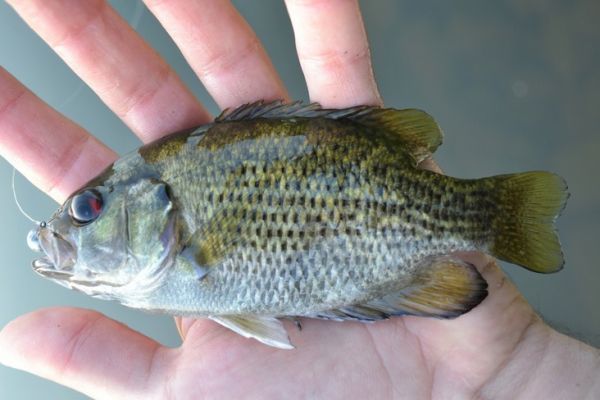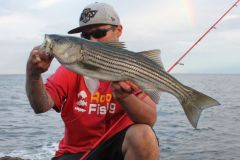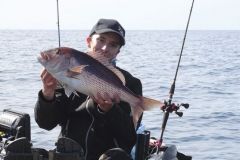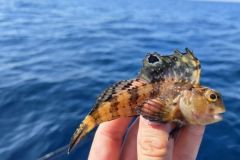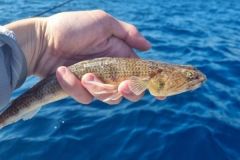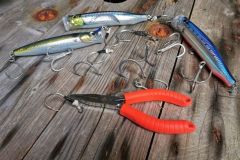Where does it come from?
The bluegill is a small centrarchid, of the same family as the black bass or the sun perch. It originates from North America and was introduced in France at the beginning of the 20th century. It is still present on some portions of the Loire River around Nevers in particular. Its area of distribution is relatively small because it is almost mechanically attracted by areas of boulders, logjams and other nooks and crannies to hide.
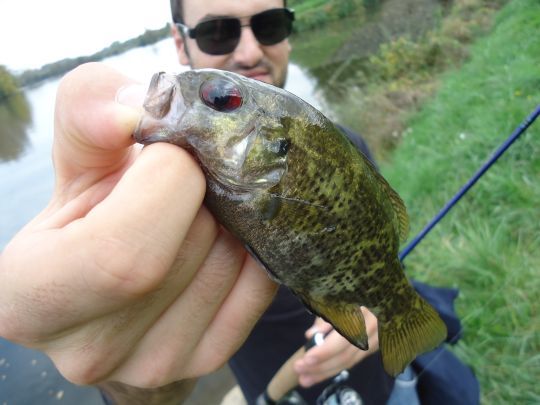
What does the bluegill look like?
The sunfish resembles a large sunfish. It has a relatively round/blonde body shape rather compressed on the sides. It has a single dorsal fin whose first rays are rigid and spiny. The sunfish has a relatively large and protractile mouth. It has a red to orange eye. It is brown, olive to greenish with light mottling more or less dark. It generally measures between 15 and 20 cm, but can sometimes reach more than 25 cm in the hexagon.
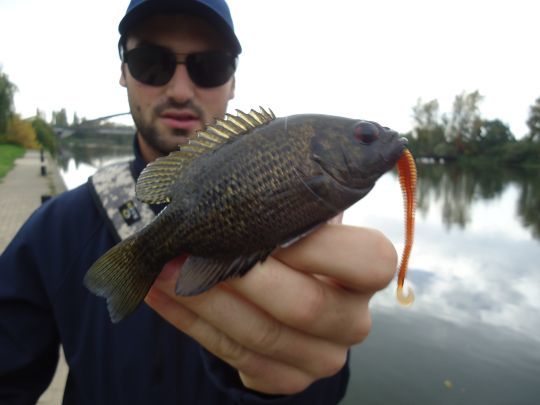
How to fish for bluegill?
The rock sunfish gets its name from the fact that it lives in boulders, cavities and cracks. It takes refuge there and hunts for any small prey that comes within its reach. Small soft lures are ideal for luring crappies. Small shads, commas or creatures are perfect. They must be flexible and mobile to swim over small amplitudes. Indeed, it is necessary to scrape and insist in the structures to have touches. The touch is besides often very discrete. The small centrarchid often seizing very delicately your lure.
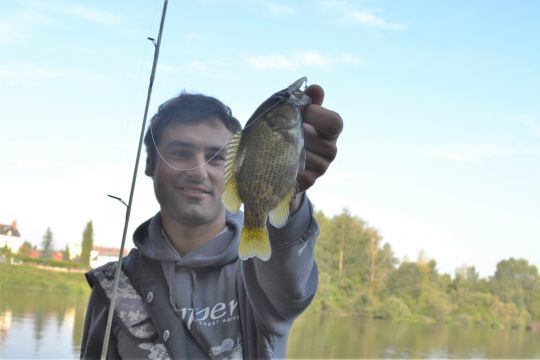
A very sensitive UL rod, a reel of size 1000 to 2000 filled with fine PE0.4 braid is essential to appreciate the subtlety of this fishing which resembles freshwater rockfishing.

 /
/ 